A winery in Gothenburg sounds like an April Fool’s joke, but it is not. Nor is it a result of that the feared climate change has made farming conditions favourable in our dear Rainy City, which would be almost as scary as prevailing world politics. This is something completely different. Wine made in Gothenburg, but from grapes of the noblest varieties transported here from well-known areas in France and Germany.
In addition to the wines – which are of course the focus – a restaurant, a wine and oyster bar, as well as a big tasting room are also in the making. CEO and initiator of the project is Kenneth Gustavsson, more famous as the man behind Fine Wines Sweden. Or does anyone remember his career as a football player? A man with many hats. The whole team that he has gathered together represents a lot of experience and has evidently high ambitions. The passion for wine and a great desire to reach the heart of the wine enthusiasts seems more to be the driver than any market potential or financial gain.
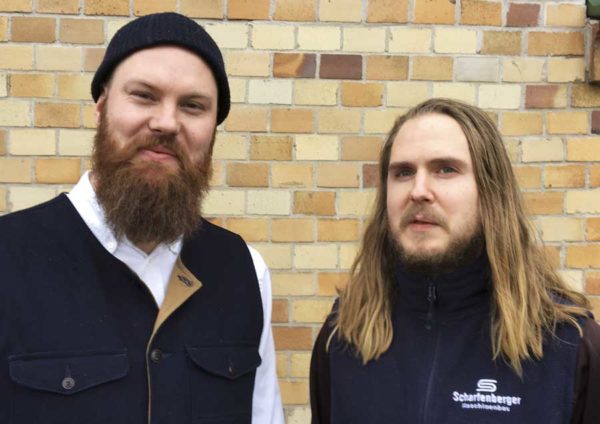
Grand opening on April 18!
Yes, I would like to know more about this, so I took the opportunity to visit their winery and talk to Erik Jonsson, winemaker, and Kenneth to find out more a couple of weeks before it opens to the public on April 18.
First and foremost, the location has to be mentioned, both with some scepticism, but above all because it in some way feels totally right. The facility is located in the middle of the old “meat-packing” area of Gamlestan, a stone’s throw (depending on whether you can throw a few hundred meters) from the bus and tram stop, which in about 10 minutes takes me home to central Gothenburg after a visit. There still is a lot of “aromas” from a few remaining smokehouses for the meat industry and some breweries have already established themselves here. But most of the area is in the middle of ongoing change.
The winery worryingly half-finished to be so close to the premiere, but this is apparently as it normally is and everything is according to plan, I was told. However, the potential is easy to see and with some imagination it’s not hard to imagine how it will be, and I imagine it will be awesome! The building itself is an old slaughterhouse where many pigs have lost their lives. A nice and attractive brick building with high ceilings, split on two floors. I had hoped for some nice pictures to catch the atmosphere, but I think you can imagine a messy workplace without photos, so I’ll spare you that.

Gothenburg’s city wines
However, the main focus is the wines. I did not get an opportunity to taste the wines. The first vintage of their rosé (Spätburgunder), Riesling and Syrah will be available for sale in June through their wine club “The Nut Club”, where you can already reserve your bottles. The alternative is to drink them on site at the wine shop and at the restaurant when the wines arrive.
The first vintage is made in Palatinate and in Saint-Joseph, since it is only now that the winery has begun to take shape and it has become possible to make the wine here. The first “real” Gothenburg vintage will be launched late next year (2019).
The first wines, of which there will be three to begin with, are the following, all with the vintage 2017:
- Fistful of Love Spätburgunder Rosé, 180 SEK
- Gimme Gimme Gimme Riesling, 230 SEK
- Wine Mechanic Syrah, 300 SEK
Many questions remain to be answered, in other words, but after a long conversation with Erik and Kenneth it is clearer what their ideas of wine making are and their concept as a whole.
I was extra impressed by Erik, who, despite his modest age of 27, has been able to gain a solid education and experience in the noble art of making wine. An artist’s soul, a little bit oddball, but just as nerdy as I had hoped, in a person who works in the heart of the winery.
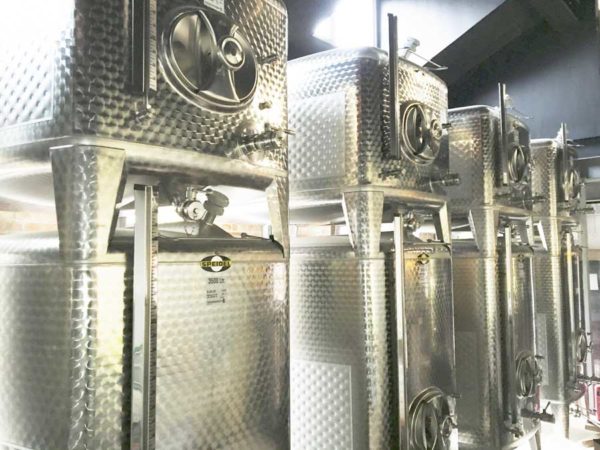
Gothenburg’s wine maker
What does Wine Mechanics’ winemaker say about his winding road to become Gothenburg’s first local wine maker?
“Even when was studying for sommelier at Grythyttan, I felt that it seemed more fun to make wine than just talking about it and serving it. So after working as sommelier for a while, including at Eriks Vinbar (Stockholm), I decided to apply for a wine making course in New Zealand. As I mentioned, I have always known that it was not enough to serve someone else’s product; I wanted to do it myself.”
Erik then goes on to describe his wine philosophy when we talked about the wines he has made and will make in Gothenburg:
“It really depends entirely on what purpose the wine has. I have the same approach as when I was a sommelier; I think it’s important to know the basics and the classics before attempting to experiment and test yourself. If you can, you can break the rules! I think it’s wrong to agree with the attitude that one has a philosophy that we refuse to change. Being open to new ideas I think is a good philosophy, but at the same time listen to those who have made wine very long, having methods that work.
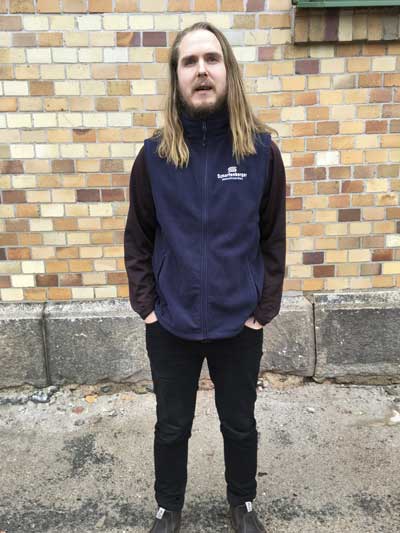
Erik then describes the wines and tells me that the goal is to make wines that are good to drink in their youth, but with enough intensity and texture to cope with ageing. In the case of syrah, he considers it more important to get the structure and tannin by using whole bunches rather than exaggerating ageing on new barrels. Most of the red wines, though, have some barrel character, but more from old than new barrels. Some barrels also have some hint of “brett” (brettanomyces, a fungus that can give “barnyard” tones). They use this mainly to “season” their syrah, but as always, it should be done with moderation. These barrels are therefore kept separate so as not to infect the other parts of the plant.
As far as the rosé is concerned, Provence is the inspiration, but the goal is to make a more complex rosé, not the easiest type of garden plonk. They make it from pinot noir. The Riesling wine is inspired by classic Pfalz with a high fine acidity and dry style.
Gothenburg terroir?
I was also curious to understand how the wines may be different when they are vinified in Gothenburg instead of in Germany or France.
“Of course, we are aiming for the quality to be the same,” says Erik, “and hopefully better, but it is difficult to say what will happen considering we are transporting the grapes. Much depends on the grape material that comes and how we get the logistics with the grapes done. It is impossible to foresee what the character will be like. As far as I know, there is no one who has fermented grapes from Palatinate or Saint Joseph in Gothenburg previously. But in style, the wines will not change much, at least that’s the intention. But the conditions are clearly different”, says Erik.
Then on to Kenneth and some more on the business issues. One issue that I had to figure out is what the point of it all is; to “cross the river to fetch water” (ed.: a Swedish expression signifying doing something that seems to defy it’s purpose), that is, to ship grapes from their place of origin to vinify and bottle locally in Gothenburg?
“First of all, because this is where we live,” says Kenneth. “We give Swedes and foreign visitors the opportunity to experience a winery maybe for the very first time. We work with top growers in Europe to get the best grapes. Then we ship them in small boxes in cool-container to our state-of-the-art winery. For us it does not matter where grapes are vinified, what is important is the quality of the grapes. Gothenburg has a long history of making things; cars, boats, ball bearings, snus and beer. Now, wine is the next thing!”

Side effects
But will it not add to the cost of the winemaking, and ultimately to the consumer?
“No,” replies Kenneth quick and convincing, “either you ship your bottle of wine here, or you ship, as we do, the grapes. It is a little harder to transport fresh fruit but it will not be more expensive for the consumer.”
Then we have all that with designating the origin and such things. In Germany and France where the fruit is picked, there are a lot of appellation rules and restrictions on what can be done and what can be stated on the label. How does this work for you, I ask?
“As soon as grapes crossed over a country border, the term ‘European wine’ has to be used. Today, it’s less important what’s on the label, as long as you a story and you can tell it in more than one way, Kenneth develops.
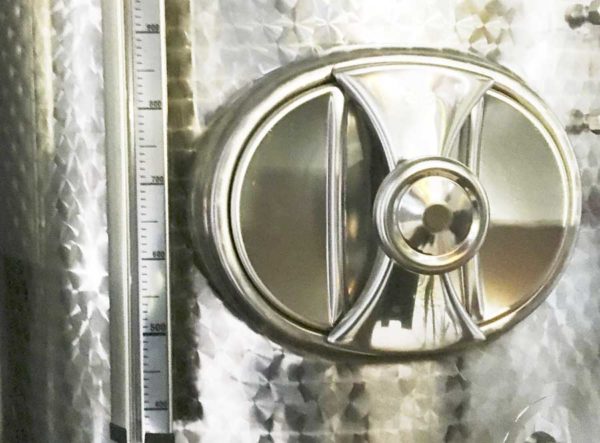
I had some concluding questions to both Erik and Kenneth to get the whole picture:
What is your dream scenario about how the whole concept will be received by Swedish wine-lovers (and other stakeholders)?
“With great interest and enthusiasm! Locally produced beer has taken the country by storm; now it’s time for the wine to be made ‘at home’ in the same way,” Kenneth explains with passion.
Erik adds:
“Of course, we want to create a destination for everyone who’s into wine, a place where people come to have an experience, both in the restaurant and wine bar, as well as to experience a true winery. I see my part a bit like an ‘educator’, it may sound a bit lofty, but there are very few wine-lovers and even sommeliers who really know how wine is made. I hope that Wine Mechanics will play a big part.”
Finally: Why should wine-lovers buy your wines and visit you, come here to eat, taste, hang out and drink?
“Because it’s darn delicious, and fun on top of it, you hopefully also learn something you did not know about wine,” said Kenneth.
“Why not?”, adds Erik.
That’s all for now. I have booked a table to test the concept “live” as a guest already on April 19, one day after the grand opening. I will certainly have high expectations, but at the same time be forgiving, given that I think this will grow even stronger over time and if there is something that Gothenburg needs, it is more focus on good wine culture, and I am convinced that that Wine Mechanics can be an important piece of this puzzle!
Mattias Schyberg is guest writer on BKWine Magazine. He is also one of the persons behind the very active wine forum www.finewines.se.
Editor’s comment:
It may be useful to point out that the EU rules for wine mean that if you transport grapes and do the actual winemaking (fermentation, etc.) in another country, the result becomes “European wine”.
However, if you transport wine that has finished its fermentation, the wine can retain its designation of origin, its original AOC / DOC / etc. Some districts allow this; some other districts do not allow it. This means that if the winery, the plant in Sweden (or Great Britain, Germany, etc.) imports wine that has finished its fermentation and ages and blends it locally, then the wine may be bottled with its designation of origin (if the origin district allows it). This is done, for example, by Oenoforos in Simrishamn and by many other companies in Europe.
There is thus a big (legal) difference between transporting grapes and transporting finished wine.
You can read about other Swedish wine projects on BKWine Magazine, for example:
- A Swedish winery? Making Tuscan wine? Yes, indeed! | Per on Forbes
- Högberga Wine Factory – Swedish wine from Italian grapes
[box type=”info” style=”rounded” border=”full”]
It is certainly exciting to experience wine in a real winery, see the barrels, the vats and how it is made. Another way to do that is to go on a wine tour to a wine region with BKWine.
Travel to the world’s wine regions with the wine experts and with the wine tour specialist.
More exciting wine tours. BKWine wine tours.
[/box]


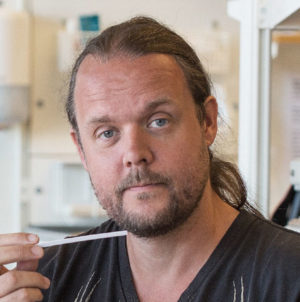
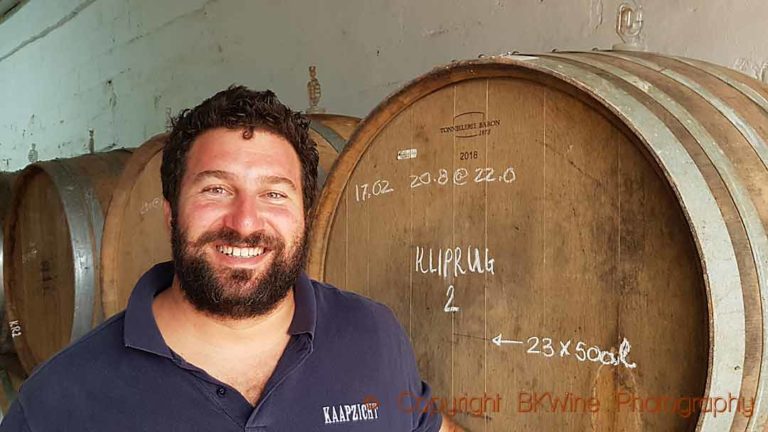

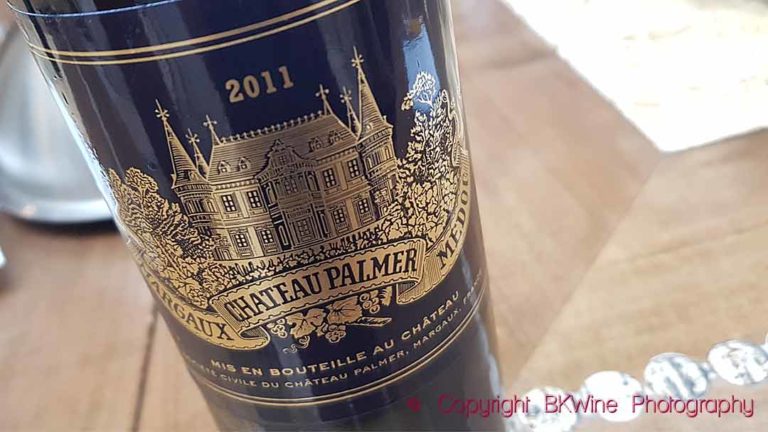




One Response
I love to hear stories like this. A decade or more ago it seems it was impossible for guys like this to open a winery with some personality. Cheers to making wine making less stuffy!